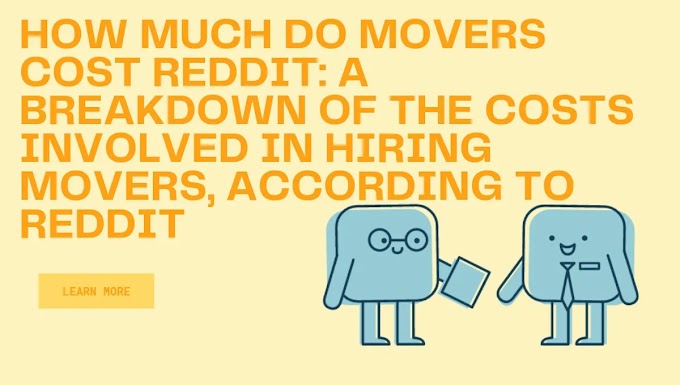"Breaking Down the Impact of Supreme Court Ruling on Student Loan Forgiveness: What Borrowers Need to Know"
Introduction:
The student loan crisis in the United States has been a hot topic for several years, with millions of borrowers struggling to repay their loans and seeking ways to have their debt forgiven. Recently, the Supreme Court made a ruling that could significantly impact the ability of borrowers to have their loans discharged in bankruptcy. In this article, we'll explore the impact of the Supreme Court ruling on student loan forgiveness and what borrowers need to know.
Understanding the Supreme Court Ruling on Student Loan Forgiveness
The Supreme Court's ruling, in the case of Lamar, Archer & Cofrin, LLP v. Appling, dealt with the interpretation of the "undue hardship" standard in bankruptcy proceedings. The undue hardship standard is used to determine if a borrower can have their student loans discharged in bankruptcy. The ruling stated that the undue hardship standard should be interpreted narrowly, making it more difficult for borrowers to have their loans discharged.
The Implications of the Supreme Court Ruling for Borrowers
The Supreme Court's ruling has significant implications for borrowers who are struggling to repay their student loans and seeking loan forgiveness. With the undue hardship standard being interpreted more narrowly, it will be more challenging for borrowers to have their loans discharged in bankruptcy. This means that borrowers will have to continue making payments on their loans, even if they are facing financial hardship.
What Borrowers Can Do to Seek Loan Forgiveness
While the Supreme Court ruling makes it more difficult for borrowers to have their loans discharged in bankruptcy, it doesn't mean that all hope is lost. Borrowers can still seek loan forgiveness through other means, such as:
Income-Driven Repayment Plans: Borrowers can enroll in an income-driven repayment plan, which sets their monthly payments based on their income and family size. This can help make payments more manageable for borrowers who are struggling to repay their loans.
Public Service Loan Forgiveness: Borrowers who work in certain public service jobs, such as teaching or working for a non-profit organization, may be eligible for Public Service Loan Forgiveness. This program forgives the remaining balance on a borrower's loans after they make 120 qualifying monthly payments while working in a public service job.
Loan Consolidation: Borrowers who have multiple federal student loans can consolidate them into a single loan, which can make payments more manageable.
Conclusion
The Supreme Court's ruling on the undue hardship standard in student loan forgiveness has significant implications for borrowers who are struggling to repay their loans. While it makes it more challenging to have loans discharged in bankruptcy, there are still options available for borrowers who are seeking loan forgiveness. Borrowers should explore their options, including income-driven repayment plans, public service loan forgiveness, and loan consolidation, to find a solution that works for their individual situation. It's important for borrowers to stay informed about changes to student loan policies and to seek the help they need to manage their debt.













